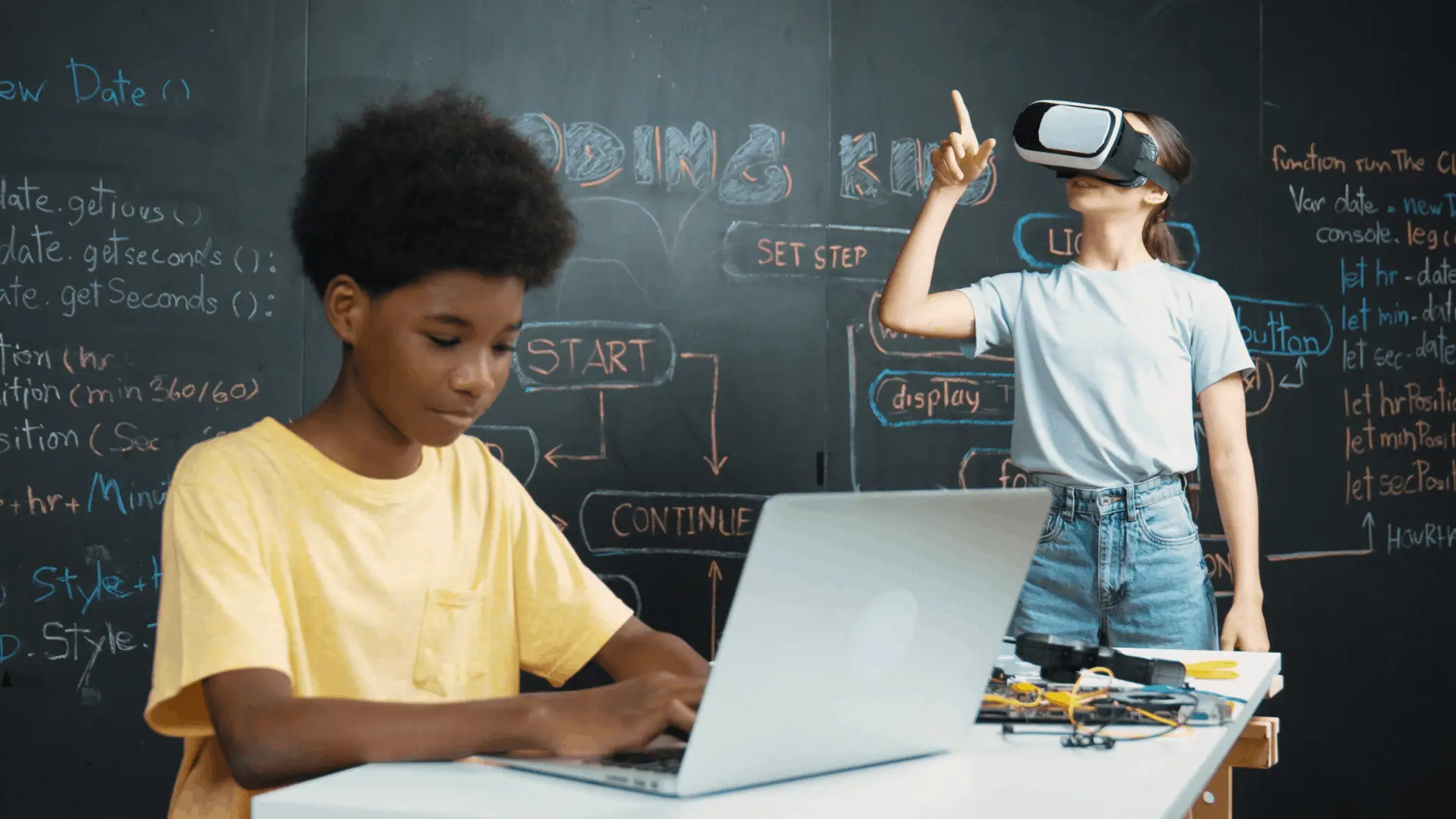Innovation In Education: Bringing About The Future
In the recent past, change has often arrived like a forceful gust of wind, seemingly disruptive, unpredictable, and even scary. Our first instinct is to shut the windows and lock the doors until it passes. But the wise know that change, while uncomfortable at first, brings fresh air and new possibilities.
In education, innovation is blowing open doors that have remained closed for far too long. Though it challenges our notion of “school,” these innovations must be seen as tools. They should be embraced, for they have the power to improve how students learn, grow, and prepare for the future.
Here are 10 innovations sweeping through modern classrooms that are worth getting behind, not boarding up against:
AI-Powered Tutors – Adaptive learning software provides customized instruction based on each student’s level and pace. Like a private tutor, these AI tools pinpoint knowledge gaps to fill or when a student is ready to advance.
Gamified Learning – Game elements like points, rewards, and leaderboards are being built into coursework to boost participation, effort, and mastery through fun competition.
Real-Time Feedback – Students receive instant feedback on assignments through learning apps, allowing them to course-correct and improve in that very moment rather than waiting for grades.
Interactive Lessons – Videos, animations, 3D models, and other digital elements replace static lectures and textbooks, engaging multiple learning styles.
Flexible Pacing – Students have more control over their pace, allowing them to speed up when ready or slow down if needing more time to master a concept.
Virtual Reality – Immersive VR field trips transport students anywhere, while AR overlays information onto real-world environments for interactive learning.
Chatbots – AI chatbots provide on-demand support outside of class time, enabling students to get academic help or emotional/social assistance safely.
Analytics Dashboards – Data analytics give teachers and students insight into progress, time management, and strengths/weaknesses to improve outcomes.
Remote Learning – Options for virtual instruction via video conferencing, online resources, and tutoring expand access and flexibility.
Motivational Tools – Systems that instill intrinsic motivation through passion, agency, enrichment activities, and educator-student bonds are key innovations.
Change in all spheres, especially education, is inevitable. 2hr Learning does not merely accept it, but actively drives it because we know all that it can do for our students and for the future of education. Winds of change are not to be feared; they bring the future faster.
